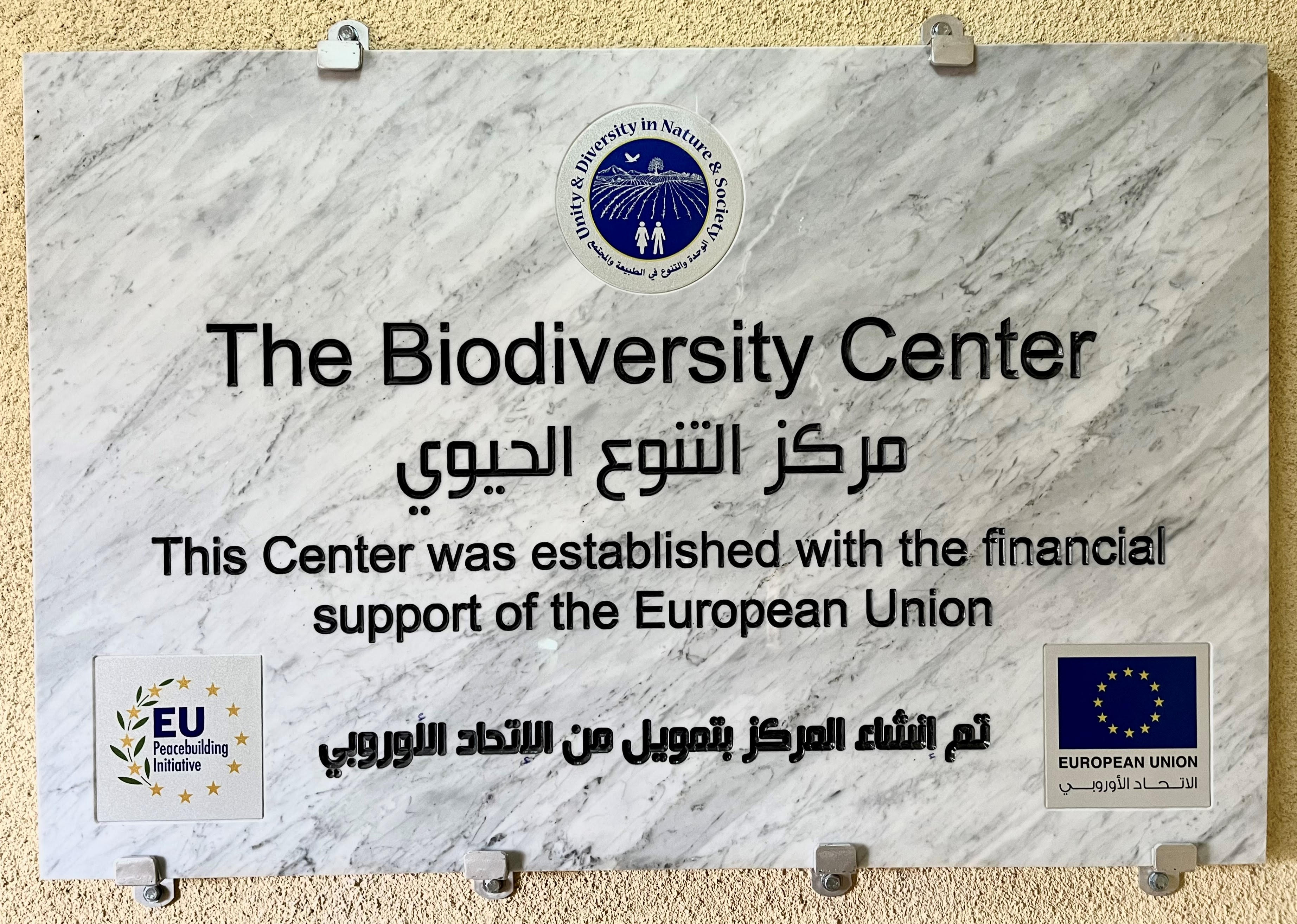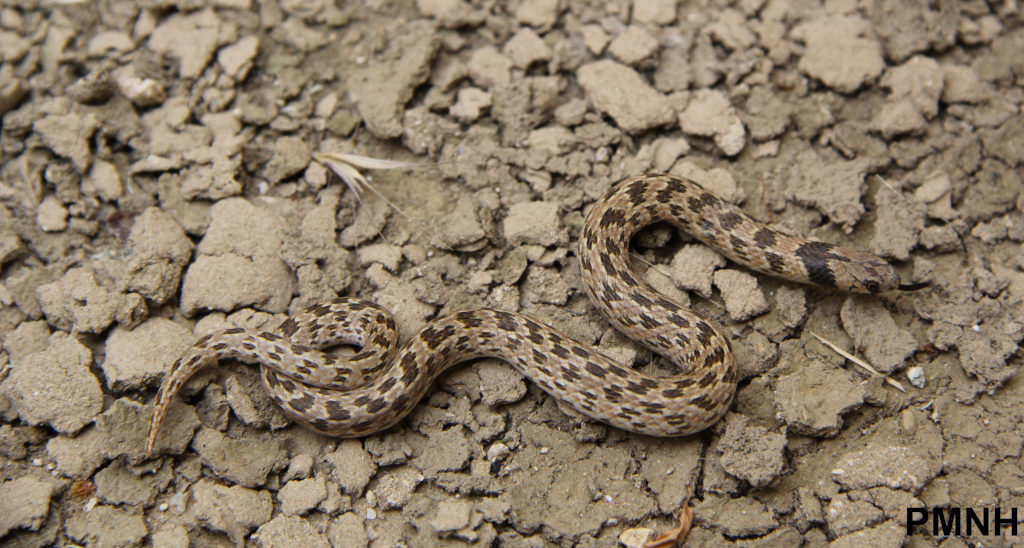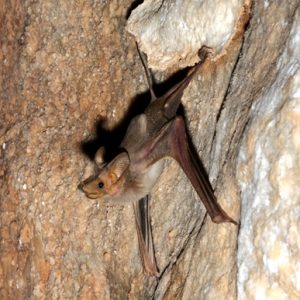Biodiversity Center
The Palestine Institute for Biodiversity and Sustainability (PIBS) houses a national Biodiversity Center in the Mar Andreas Building, which serves to provide scientists and researchers with the resources needed to research the biodiversity and environment of Palestine. The center was cofunded by grants from the European Unioin Peacebuilding Initiative and the Royal Society. Explore our facilities and research outputs.

We offer resources such as laboratory spaces, materials and tools, equipment, literature, and various databases. The Biodiversity Center includes the following units:
-
Molecular Lab
-
Cytogenetic Lab
-
Animal Taxonomy Lab
-
Herbarium Lab
-
Medical Zoology Lab
These laboratories are often occupied by researchers, interns, or undergraduate/master students seeking to work on their thesis projects. Visit our Volunteer or Internship pages to learn more about opportunities at this center.

We are also creating a medical zoology unit and a medical entomological unit that serves the needs of the Palestinian population to study scorpion stings and animal bites. This unit is created via a project funded by the Ministry of Education and Higher Education to Bethlehem University. The new unit will research areas directly relevant to the health of human beings in Palestine, including animals that act as vectors of human or livestock disease.
Through this center, we hope to increase knowledge and awareness about the environment we live in, in hopes of encouraging people to respect and appreciate the beauty and diversity of Palestine.

An explorer grant from National Geographic is allowing researchers at the Palestine Museum of Natural History at Bethlehem University to collect unique data on mammals in a World Heritage Site. Al-Makhrour Valley in South Jerusalem hills of Palestine was globally recognized for its unique topography and ancient agricultural practices including water-distribution systems and stone terraces in use for thousands of years. A project funded by National Geographic and with additional support from the Darwin Initiative seeks to study the unique fauna and flora and ensure sustainability of both human and other living communities in this spectacular valley. For example, using an echolocation device, we surveyed the bat fauna of the valley and already recorded ten known and two unknown species (representing one fruit bat and 11 insectivorous bats). Of the ten identified species so far, some are rather rare (e.g. Taphozous perfratus) or recorded for the first time (Pipistrellus pipistrellus) in the occupied Palestinian territories.
We also used camera traps and recorded larger mammals including gazelles, hyenas, foxes, jackals, hyrax, and wild cats. The data being collected by our team of researchers in this very special valley will be analyzed and used in education campaigns for the local Palestinian communities bordering the valley as we also stimulate local economy through plans for ecotourism and maintenance of traditional agricultural practices.
See the project website: almakhrour.palestinenature.org


